Museo Casa del Correo del Orinoco: Location of the first newspaper in Venezuela and Latin America [ENG/ESP]
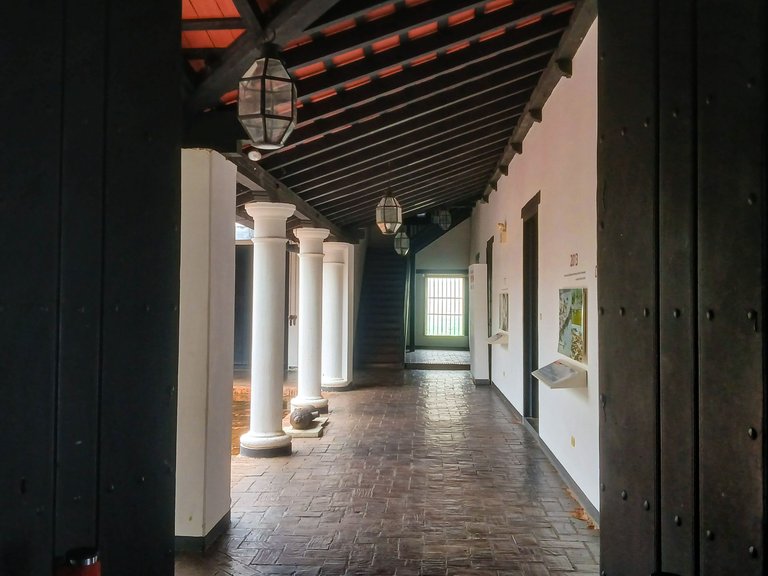
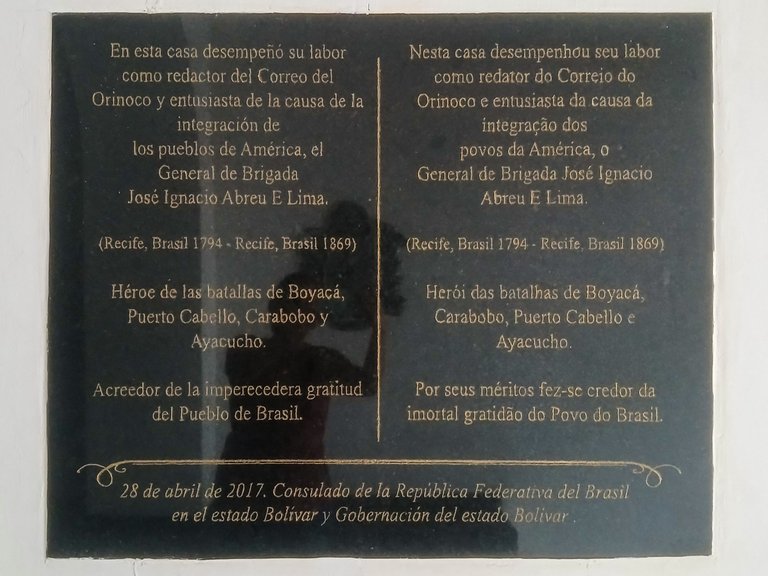
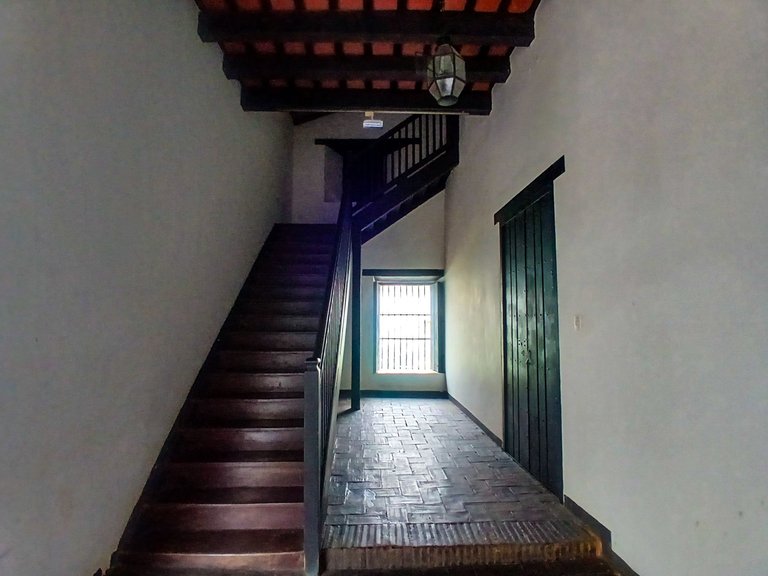
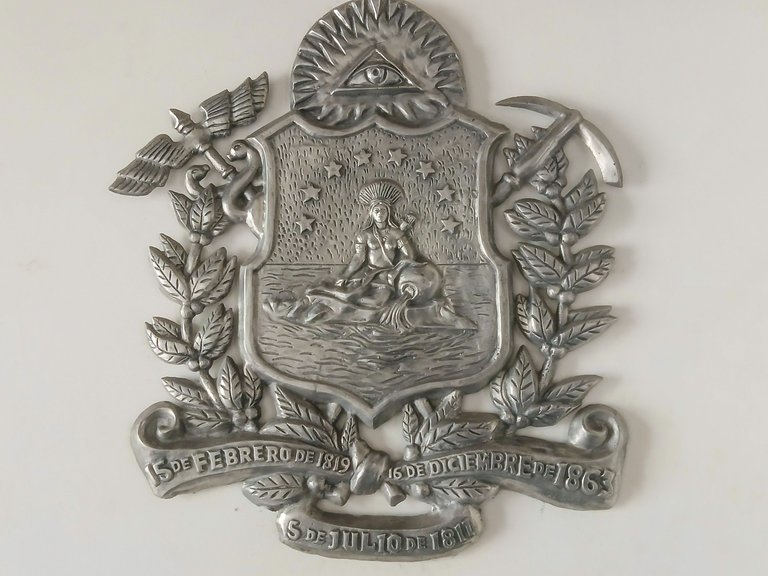
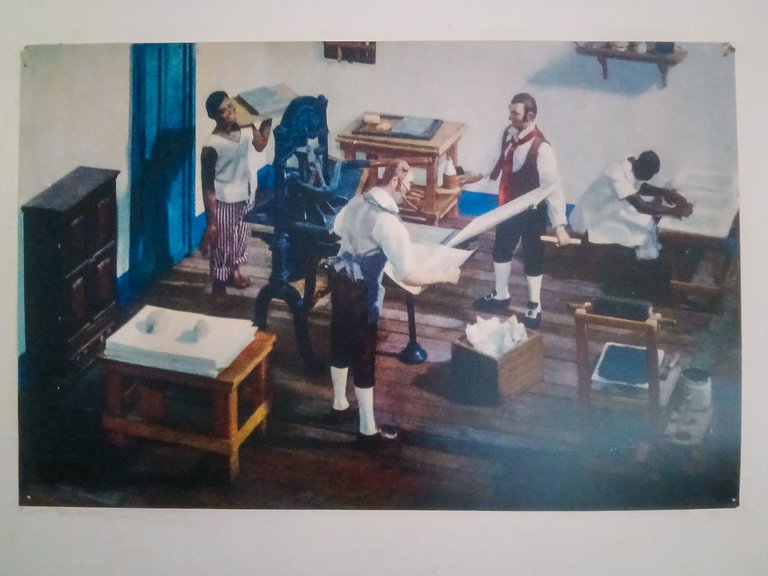
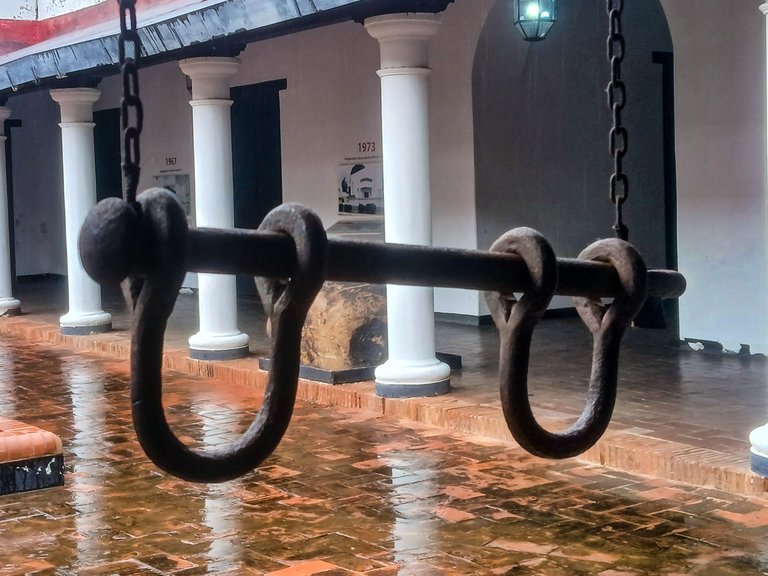
Greetings to everyone in the Worldmappin community! Today I'm joining you to share a tourist review. This time, it's about the Casa Correo del Orinoco, the site where the first newspaper in Venezuela and also the oldest in all of Latin America was founded on June 27, 1818 (at the request of Simón Bolívar). The Correo del Orinoco operated until March 27, 1822, having a short lifespan, but still proving significant thanks to its weeklies steeped in history that circulated throughout Santa Fe, Buenos Aires, Santiago, Quito, Lima, and other countries. Written by some of Venezuela's most prominent figures, with contributions from figures from abroad, they were responsible for giving voice to the news and events of Venezuelan life at that time during the independence struggle. So, it's a fact that the newspaper did not go unnoticed and is remembered with admiration today. That said, join me on this tour of its facilities.
The building that once housed the Correo del Orinoco is located on the banks of the majestic Orinoco River. There, just a few meters from the seawall, stands the white house that opens its doors to anyone who wants to learn more. I must say that being my first time visiting the building, it was a bit difficult for me to find it. After visiting the Angostura Congress House and the Manuel Piar Prison House, we couldn't find the street where the museum guides had told us we would find the way there. We even asked some locals if they knew where the house was, and they didn't seem to know. The truth is, it was getting late, and we were afraid we wouldn't be able to find it in time. Luckily, I told my partner we should continue walking along the seawall, since, given the proximity to the historic center, it couldn't be far away. And so it was, and just a few meters away, we found it.
¡Saludos a todos en la comunidad de Worldmappin! El día de hoy me uno por aquí para compartir con ustedes una reseña turística. En esta oportunidad se trata de la Casa Correo del Orinoco, lugar dónde se fundó el 27 de junio de 1818 (por petición de Simón Bolívar), el primer periódico de Venezuela y también el más antiguo de toda latinoamérica. El Correo del Orinoco funcionó hasta el 27 de marzo de 1822, teniendo un corto periodo de vida, pero aún así resultando significativo gracias a sus semanarios cargados de historia que circularon a través de Santafe, Buenos Aires, Santiago, Quito, Lima y otros países. Escritos por algunos de los personajes más relevantes de Venezuela y algunas participaciones de personajes del exterior, que se encargaron de darle voz a las noticias y sucesos del acontecer venezolano de ese entonces durante los acontecimientos independentistas. Así que es un hecho que el periódico no pasó desapercibido y hoy en día se recuerda con admiracion. Dicho esto, acompáñame en este recorrido por sus instalaciones.
El edificio donde funcionó el Correo del Orinoco se encuentra a orillas del majestuoso río Orinoco. Allí, a tan solo unos metros del malecón, reposa la casa de color blanco que abre sus puertas a todo aquel que desee conocerle. Debo decir que siendo la primera vez que visitaba el edificio, me costó un poco dar con ella ya que luego de visitar la Casa del Congreso de Angostura y la Casa Prisión de Manuel Piar, no dábamos por la calle dónde nos habían comentado los guías de los museos encontraríamos para acceder hasta allí. Incluso, preguntamos a algunos lugareños si conocían donde estaba la casa y parecían no saber dónde era. La verdad se hacía tarde y teníamos miedo de no poder encontrarla a tiempo. Con tan buena suerte que le comenté a mi pareja que debíamos continuar caminando por el malecón, pues tratándose de estar cerca del casco histórico, no podía estar muy lejos. Y así fue pues a pocos metros dimos con ella.
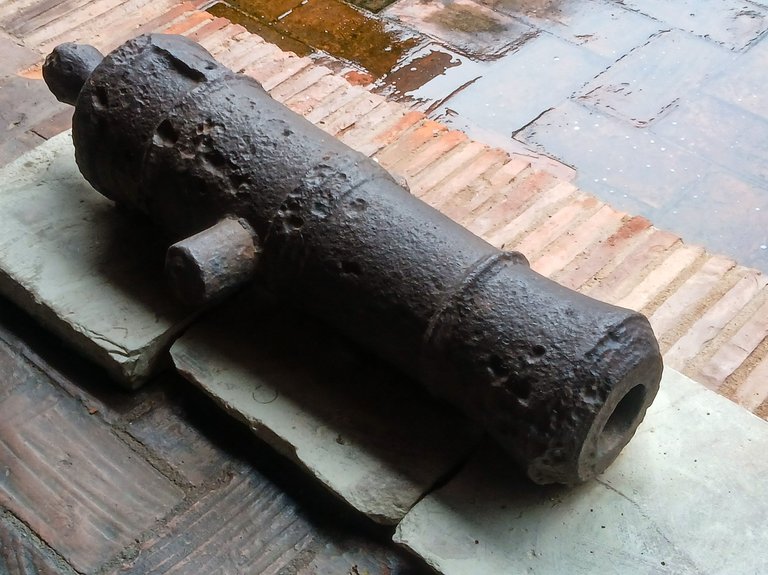
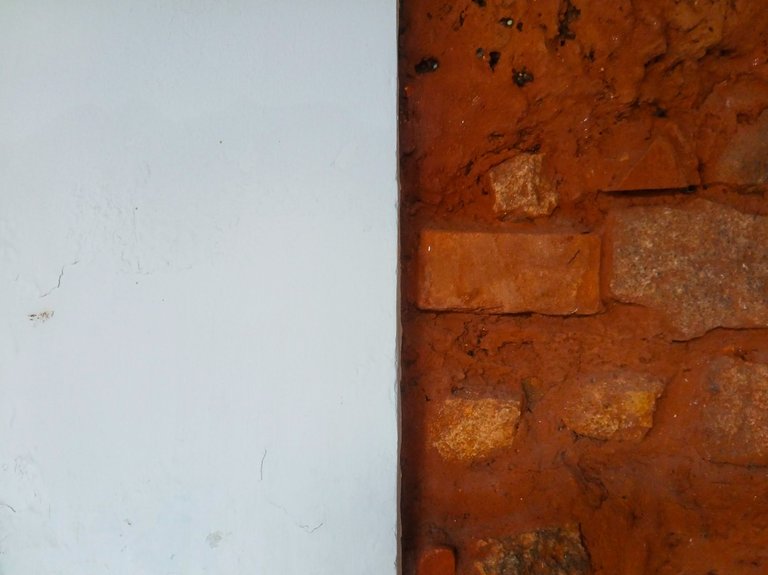
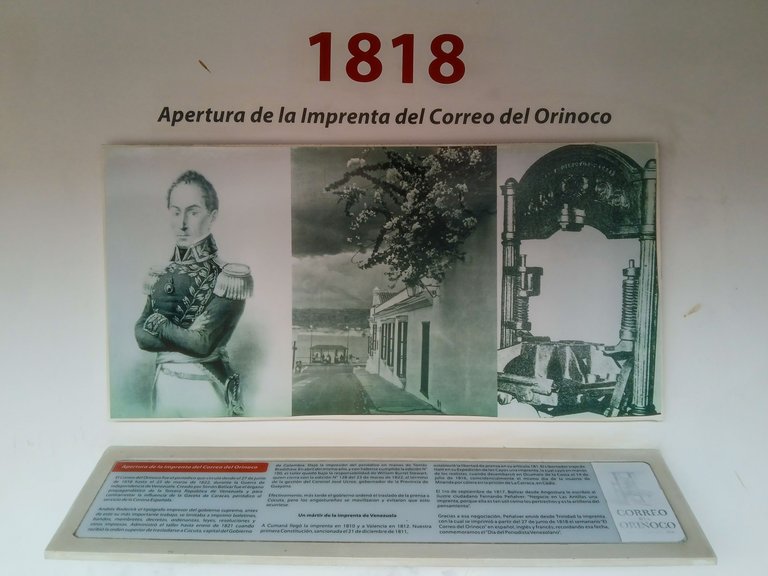
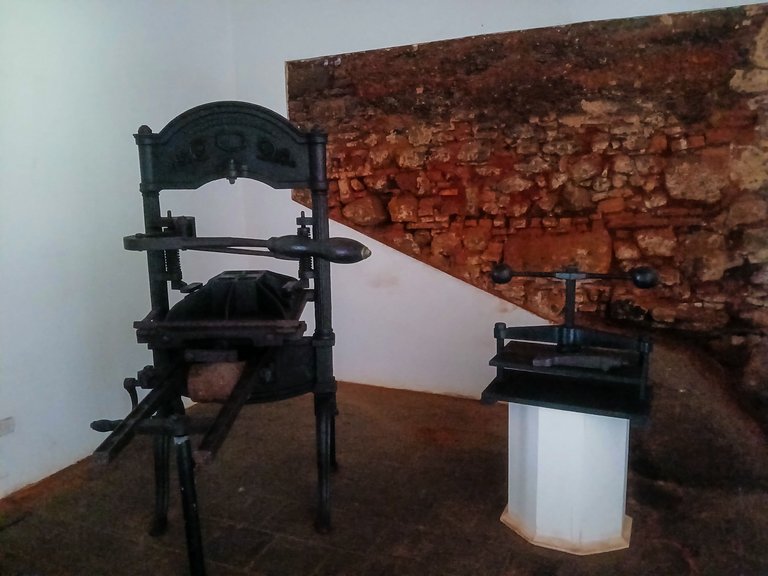
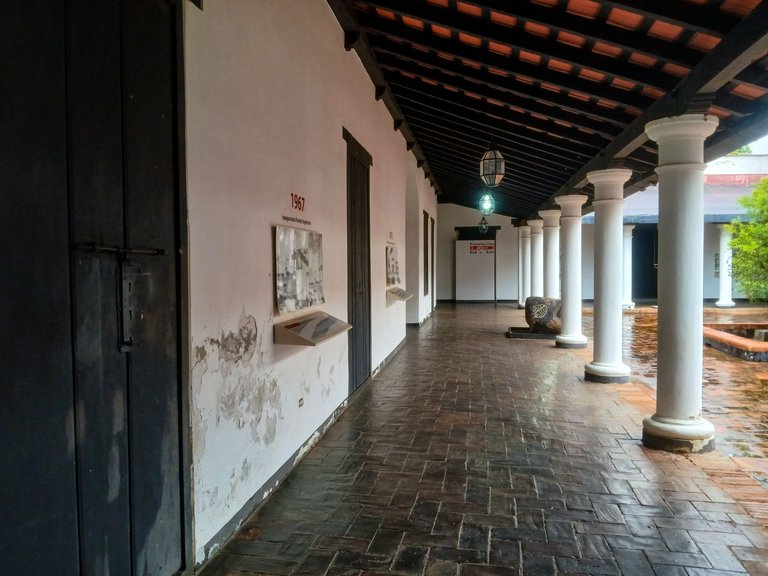
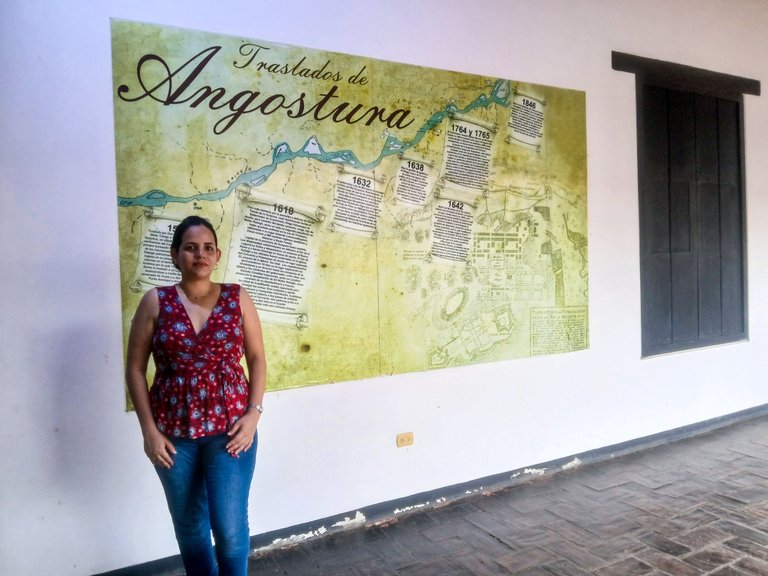
We arrived almost at closing time, as the museum opens its doors very early, around 8:00 am, and closes at 4:00 pm. We arrived at approximately 3:45 pm. We were greeted by three young men in charge of the museum, who welcomed us, and we soon began touring the museum, accompanied by one of them, who would serve as a guide. The museum covers the museum chronologically, beginning with the siege and capture of Angostura, the arrival of the congress and the founding of the newspaper, its subsequent closure, and the final restoration work leading up to its reopening as a museum in 1973. Some of the figures in charge of the work within the museum were: José Ignacio Abreu E. Lima, Juan German Roscio, Francisco Antonio Zea, José Rafael Revenga, Francisco Javier Pinzón, Thomas White, Carlos Soublette, and Manuel Palacios Fajardo.
The newspaper managed to publish a total of 133 issues, some of which are preserved in the museum. They have also been digitized, so they can be found on the following websites: the Virtual Library of the Bank of the Republic and the Miguel de Cervantes Virtual Library. This is a nice thing to know, as we could access the newspaper archive and read a few issues. I would like to make one last observation: the museum truly has the potential to be recognized, but for some reason it isn't. I believe that regardless of our perspective on history, this milestone is no small feat, and although it's easy to share information with others now, it must have been a feat in its time. Without further ado, I'll leave you with the images, but not before thanking the guides who kindly helped us during our visit. See you next time.
Llegamos casi a la hora de cerrar, pues el museo abre sus puertas bien temprano a eso de las 8:00 am y cerraba a las 4:00 pm. Nosotros llegamos a las 3:45 pm, aproximadamente. Fuimos recibidos por tres jóvenes a cargo de la casa, quienes nos dieron la bienvenida y pronto comenzamos a recorrer el lugar junto a la compañía de uno de ellos que serviría cómo guía de la casa. Esta se recorre de forma cronológica empezando por el sitio y toma de Angostura, la llegada del congreso y fundación del periódico, sus posterior cierre y los últimos trabajos de restauración para la reapertura cómo museo en el año 1973. Algunos de los personajes a cargo del trabajo dentro del periódico fueron: José Ignacio Abreu E Lima, Juan German Roscio, Francisco Antonio Zea, José Rafael Revenga, Francisco Javier Pinzón, Thomas White, Carlos Soublette y Manuel Palacios Fajardo.
El periódico logró dar con un total de 133 números, de los cuales se conservan algunos ejemplares en el museo. También, se han digitalizado, por lo que podrán encontrarse en los siguientes sitios webs: Biblioteca Virtual del Banco de la República y en la Biblioteca Virtual Miguel de Cervantes. Lo cual es algo agradable de saber, pues podríamos acceder a la hemeroteca y leer algunos números. Quisiera hacer una última observación y es que realmente el museo tiene todo el potencial para ser reconocido y por alguna razón no es así. Creo que indiferentemente del lado en que estemos de la historia, creo que este hito no es algo menor y aunque ahora resulta facil poder llevar información a otras personas, en su tiempo debió ser una hazaña. Sin más que decir, los dejo con las imágenes no sin antes agradecer a los guías que amablemente nos ayudaron durante nuestra visita. Nos vemos en una próxima oportunidad.
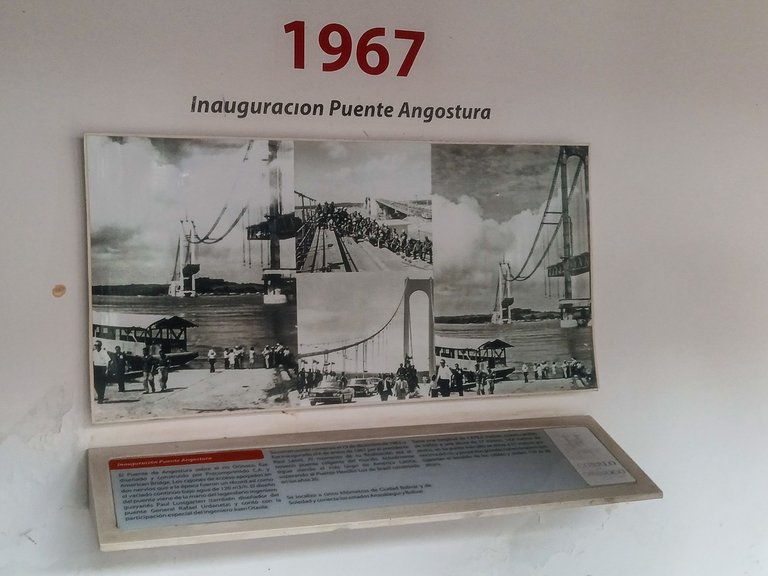
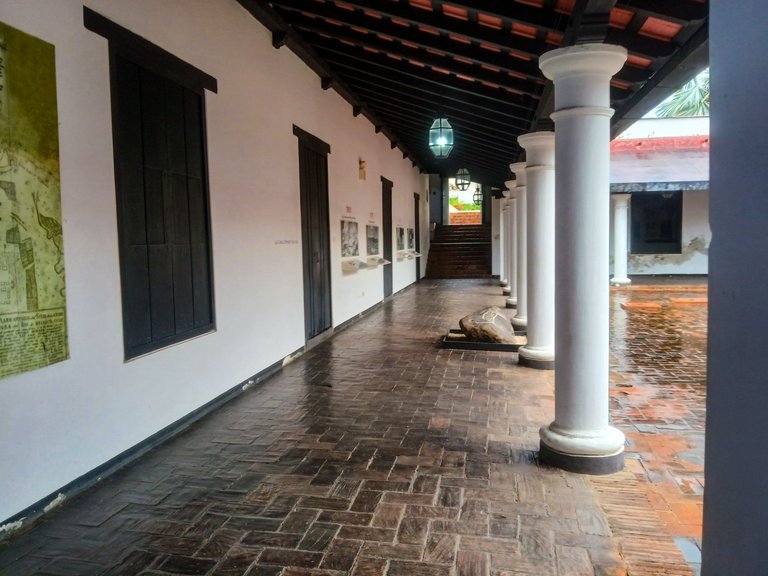
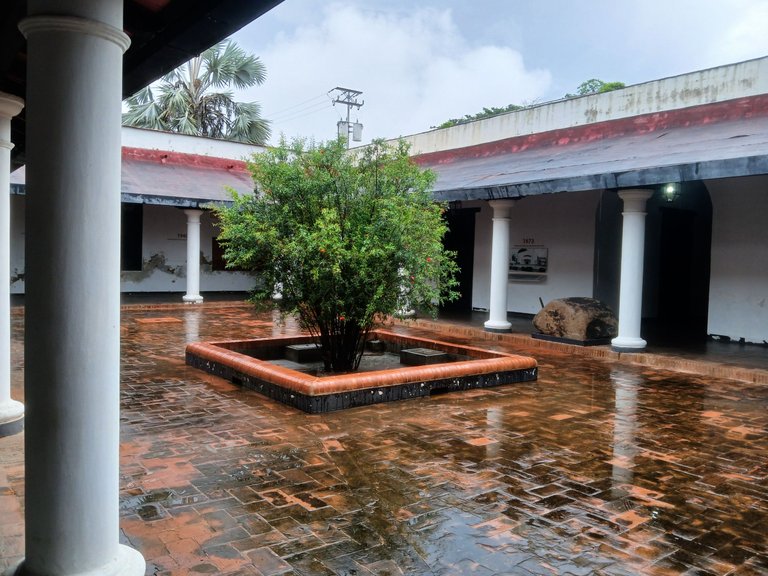
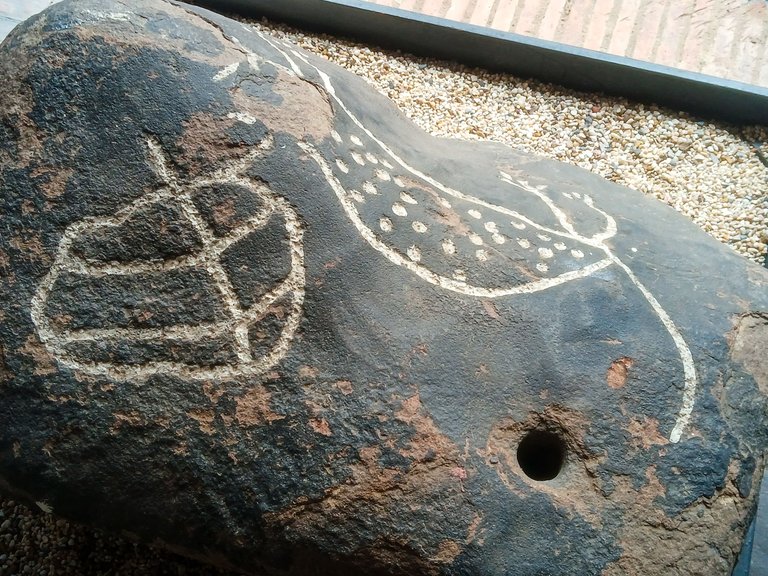
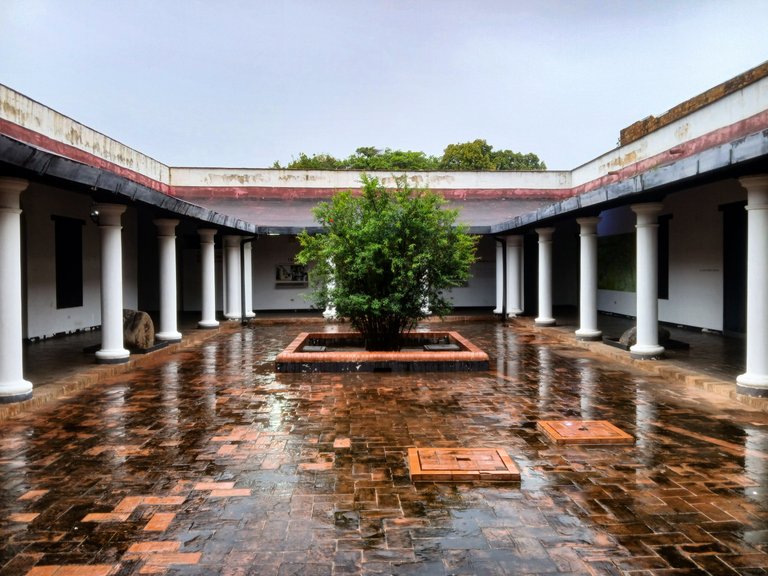
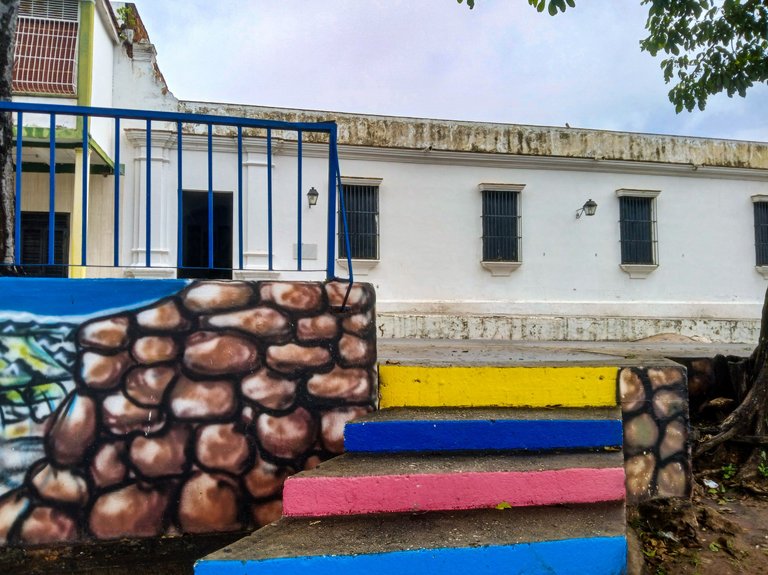
0
0
0.000
You can check out this post and your own profile on the map. Be part of the Worldmappin Community and join our Discord Channel to get in touch with other travelers, ask questions or just be updated on our latest features.
Nice Post!
Thanks!
!discovery 35
This post was shared and voted inside the discord by the curators team of discovery-it
Join our Community and follow our Curation Trail
Discovery-it is also a Witness, vote for us here
Delegate to us for passive income. Check our 80% fee-back Program